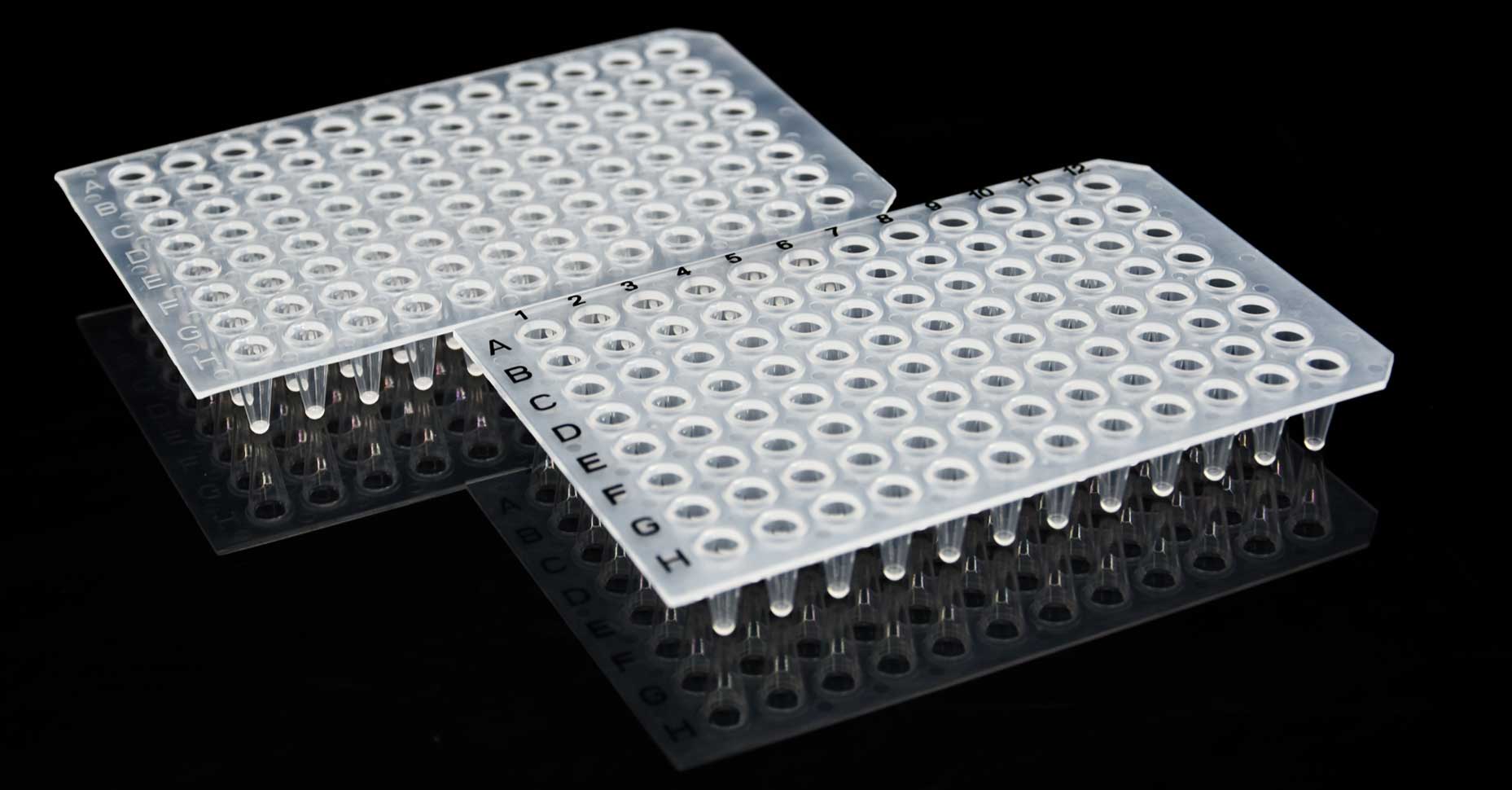-

ACE Biomedical conductive suction head makes your tests more accurate
Automation is most valuable in high-throughput pipetting scenarios. The automation workstation can process hundreds of samples at a time. The program is complex but the results are stable and reliable. The automatic pipetting head is fitted to the automatic pipetting wor...Read more -

Classification of laboratory pipette tips
Classification of laboratory pipette tips they can be divided into the following types: Standard tips, filter tips, low aspiration tips, tips for automatic workstations and wide-mouth tips.The tip is specifically designed to reduce residual adsorption of the sample during the pipetting process. I...Read more -

Installation, Cleaning, and Operation Notes of Pipette Tips
Installation steps of Pipette Tips For most brands of liquid shifters, especially multi-channel pipette tip, it is not easy to install universal pipette tips: in order to pursue good sealing, it is necessary to insert the liquid transfer handle into the pipette tip, turn left and right or shake b...Read more -

How To Choose Suitable Pipette Tips?
Tips, as consumables used with pipettes, generally can be divided into standard tips; filtered tips; conductive filter pipette tips, etc. 1. The standard tip is a widely used tip. Almost all pipetting operations can use ordinary tips, which are the most affordable type of tips. 2. The filtered t...Read more -

What Should Be Considered when Pipetting PCR Mixtures?
For successful amplification reactions, it is necessary that the individual reaction components are present in the correct concentration in each preparation. In addition, it is important that no contamination occurs. Especially when many reactions have to be set-up, it has been established to pre...Read more -

How Much Template Should We Add to My PCR Reaction?
Even though in theory, one molecule of the template would be sufficient, considerably larger amounts of DNA are typically used for a classic PCR, for example, up to 1 µg of genomic mammalian DNA and as little as 1 pg of plasmid DNA. The optimal amount depends largely on the number of copies of t...Read more -

PCR Workflows (Quality Enhancement Through Standardization)
The standardization of processes includes their optimization and subsequent establishment and harmonization, allowing long-term optimal performance – independent of the user. Standardization ensures high-quality results, as well as their reproducibility and comparability. The goal of (classic) P...Read more -

Nucleic Acid Extraction and the Magnetic Bead Method
Introduction What is Nucleic Acid Extraction? In the very simplest of terms, nucleic acid extraction is the removal of the RNA and/or DNA from a sample and all the excess that is not necessary. The process of extraction isolates the nucleic acids from a sample and yields them in the form of a con...Read more -

How to Choose the Right Cryogenic Storage Vial for your Laboratory
What are Cryovials? Cryogenic storage vials are small, capped and cylindrical containers designed for storing and preserving samples at ultra-low temperatures. Although traditionally these vials have been made from glass, now they are much more commonly made from polypropylene for convenience an...Read more -

Is There an Alternative Way to Dispose of Expired Reagent Plates?
APPLICATIONS OF USE Since the reagent plate’s invention in 1951, it has become essential in many applications; including clinical diagnostics, molecular biology and cell biology, as well as in food analysis and pharmaceutics. The importance of the reagent plate shouldn’t be understated as r...Read more

